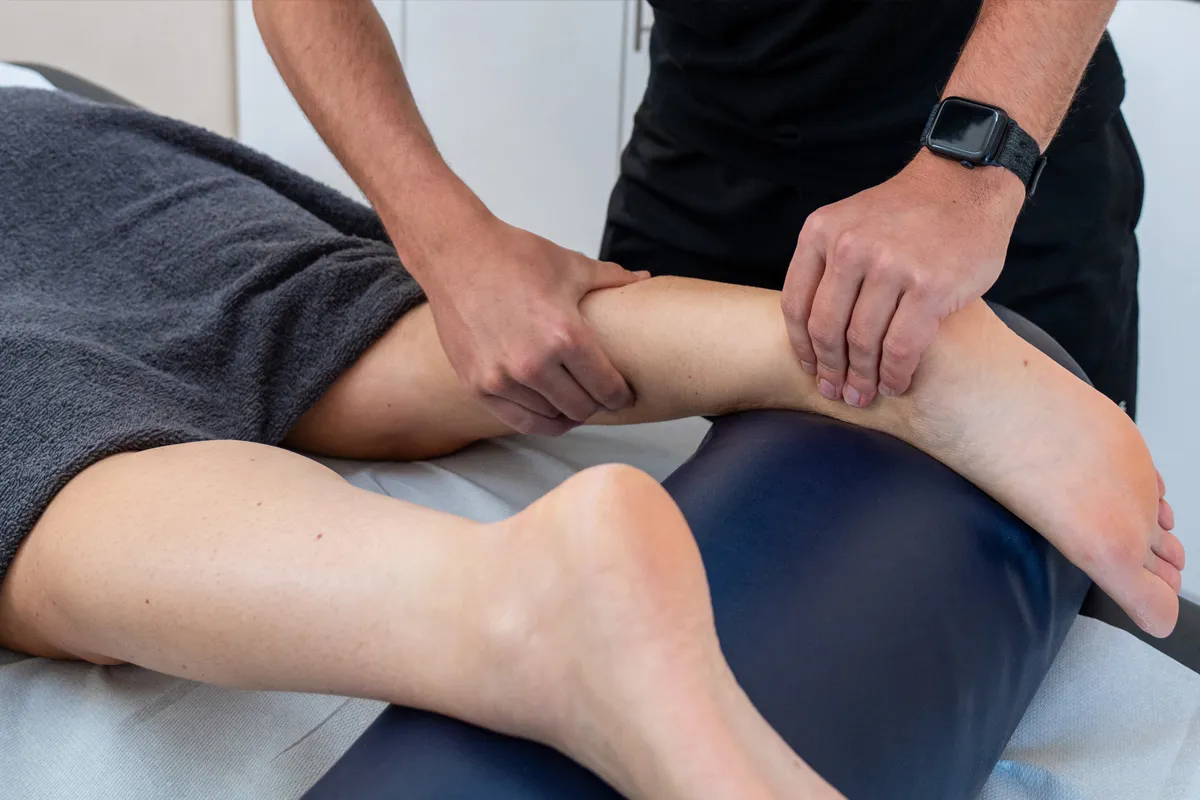
Whether you’re recovering from an injury, preparing for a race, or just trying to move without pain, sports massage can be a really useful tool. I’m a big advocate for sports massage as it has such a wide range of applications, whether that’s aiding in recovery from injury or general maintenance as more of a preventative approach.
I’ve previously treated shoulder pain, lower back pain, hamstring issues, and neck pain, to name a few, all with sports massage as a part of a wider treatment plan. Sports massage, alongside other soft tissue therapies, isn’t just for or athletes – it can really help anyone!
My Approach
An initial assessment is always necessary to get a good picture of what is going on as a whole. This allows me to have a better understanding as to what the root cause is and how I’m going to construct my treatment plan. The sports massage techniques I use consist of effleurage, trigger point therapy, myofascial release, and soft tissue release.
Effleurage is a sweeping, gliding motion applied to the area being treated, with pressure tailored to the patient. The main function is to create friction and heat, which in turn causes the body to send oxygenated blood to the area. This helps promote tissue healing and function, while also extracting any unwanted substances like inflammation, swelling, and lactic acid.
Trigger point therapy is what most people know as a knot in the muscle. When pressure is applied to the ‘knot’ for a long enough time, this causes the muscle to ‘twitch’ or spasm, allowing the muscle to release the tension built up in the knot and therefore release the muscle.
Myofascial release is similar to trigger point therapy but used in a different way. Myofascial release is more of a gentle stretching and loosening of the fibres. I often use the two together, as I find they complement each other very well. With myofascial release being a more gentle approach, it is great to start off with, and then, if necessary, trigger point therapy is a great way to follow up.
Soft tissue release is where pressure is applied to the muscle whilst it is being guided through its range of motion. This is a great technique to use for a tight pectoral muscle (chest muscle), which could be affecting the shoulder joint and the other structures that surround it.
If you would like to book a sports massage at the Injury Clinic, I would be happy to help. Please use the link below to check my availability and make a booking.

